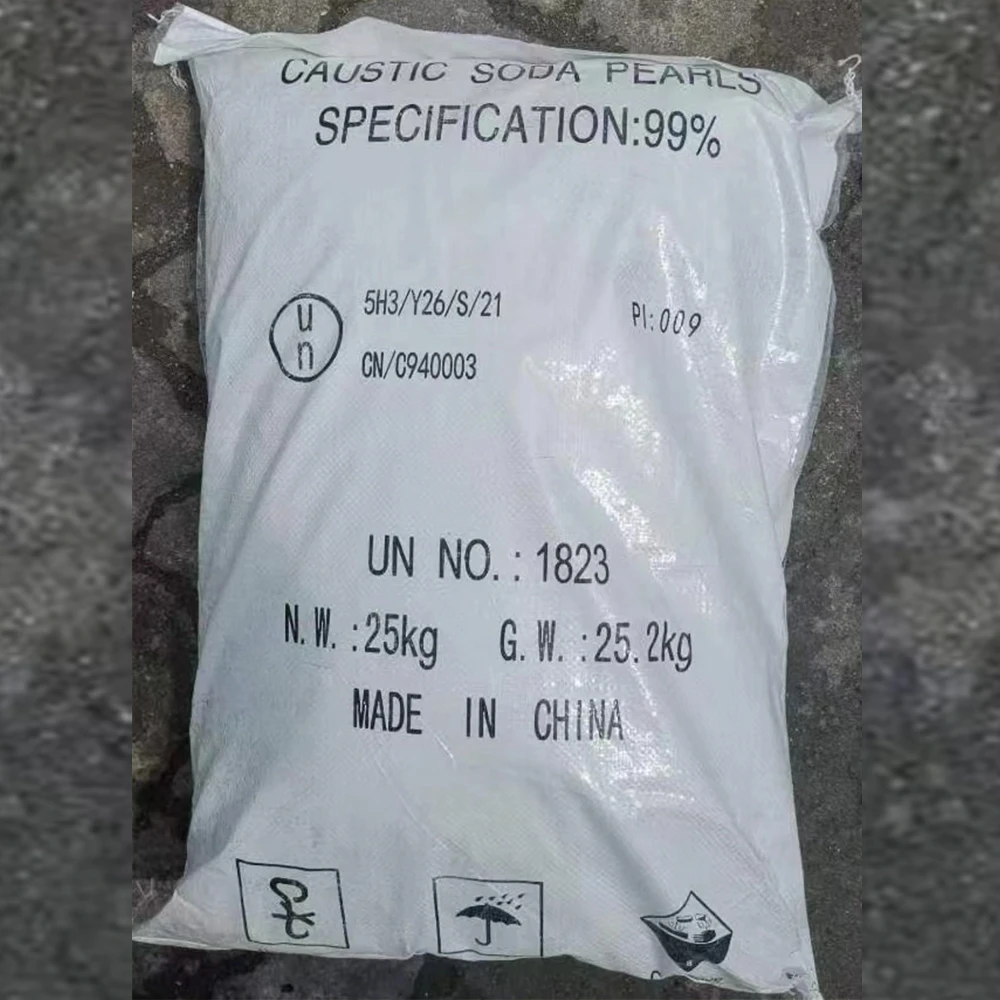



chlorination of water formula pdf
The Chlorination of Water Understanding the Process and Its Importance
Water is an essential resource for life, and its quality is paramount for human health and well-being. One of the most common methods employed to purify water is chlorination, a process that has been used for over a century to eliminate pathogens and ensure safe drinking water. This article explores the chlorination of water, its formula, and its significance in public health.
What is Chlorination?
Chlorination is the method of adding chlorine or chlorine compounds to water to kill harmful bacteria and viruses. This process is crucial in municipal water treatment systems, where large volumes of water are processed before being distributed to communities. Chlorine, a potent disinfectant, works effectively against a wide range of microorganisms, making it a preferred choice for public health authorities.
The Chlorination Process
The process of chlorination can be broken down into several steps
1. Chlorine Addition Chlorine gas, liquid chlorine, or sodium hypochlorite (common bleach) is added to the water. The amount added is carefully calculated to ensure effective disinfection while avoiding harmful side effects.
2. Formation of Chlorinated Compounds Chlorine reacts with organic matter in the water to form chlorinated compounds, including chloramines. These compounds provide a residual disinfectant effect, helping to maintain water quality as it travels through pipelines.
3. Contact Time After chlorine is added, it needs sufficient contact time with the water to effectively kill pathogens. This duration depends on factors such as water temperature, pH, and the presence of organic materials.
4. Monitoring and Testing Continuous monitoring of chlorine levels is essential to ensure effective disinfection and compliance with health regulations. Water treatment facilities routinely test for free and total chlorine residuals to guarantee safety.
The Chlorination Formula
While the specifics of the chlorination formula may vary, the basic reaction involves chlorine (Cl2) dissolving in water to form hydrochloric acid (HCl) and hypochlorous acid (HClO). The relevant chemical equations can be summarized as follows
\[ Cl_2 + H_2O \rightleftharpoons HCl + HClO \]
chlorination of water formula pdf

Hypochlorous acid is the primary active disinfectant in chlorinated water, effectively destroying pathogens. It is important to maintain optimal chlorine levels to maximize disinfection efficiency while minimizing potential health risks.
Benefits of Chlorination
The benefits of chlorination in water treatment are numerous
- Pathogen Elimination Chlorination is highly effective at killing bacteria, viruses, and protozoa in water supplies, significantly reducing the risk of waterborne diseases such as cholera, typhoid fever, and dysentery.
- Residual Disinfection Chlorinated compounds provide residual protection, safeguarding water quality throughout the distribution system, preventing regrowth of harmful microorganisms.
- Cost-Effectiveness Chlorination is one of the most cost-effective methods of water disinfection available, making it accessible for municipalities worldwide.
Challenges and Considerations
Despite its advantages, chlorination is not without challenges
- Formation of By-Products The reaction between chlorine and organic matter can lead to the formation of disinfection by-products (DBPs), some of which may be harmful if consumed at high levels over time. Regulatory agencies monitor and manage these by-products to ensure safety.
- Taste and Odor Some individuals may detect a strong taste or odor from chlorinated water, leading to public dissatisfaction. However, the health benefits far outweigh these sensory concerns.
Conclusion
Chlorination remains a cornerstone of modern water treatment practices, safeguarding public health by ensuring access to safe drinking water. Understanding the chlorination process, its chemical reactions, and its significance underscores the need for continual advancements in water treatment technologies to meet the challenges of today and tomorrow. As communities strive for cleaner, safer water, chlorination will undoubtedly play a vital role in achieving these goals.
-
Why Sodium Persulfate Is Everywhere NowNewsJul.07,2025
-
Why Polyacrylamide Is in High DemandNewsJul.07,2025
-
Understanding Paint Chemicals and Their ApplicationsNewsJul.07,2025
-
Smart Use Of Mining ChemicalsNewsJul.07,2025
-
Practical Uses of Potassium MonopersulfateNewsJul.07,2025
-
Agrochemicals In Real FarmingNewsJul.07,2025
-
Sodium Chlorite Hot UsesNewsJul.01,2025










